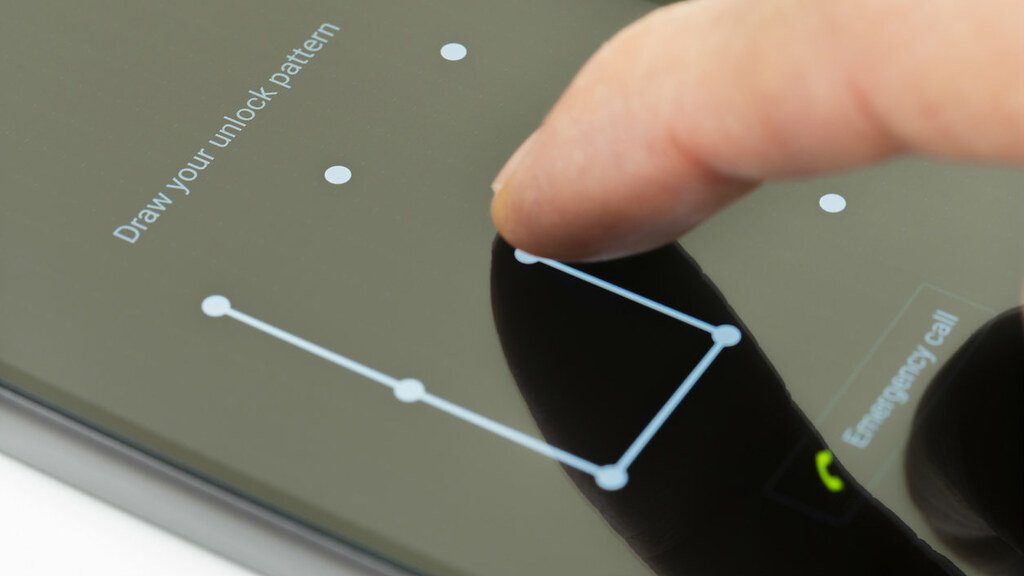What is Mobile Lock: In today’s digital age, mobile devices have become an indispensable part of our lives. With the increasing reliance on smartphones for communication, entertainment, and productivity, the need to secure these devices has never been more critical. One of the essential features in mobile security is the “Mobile Lock.” In this article, we delve into what mobile lock is, its types, importance, and how to effectively use it to safeguard your device and data.
Find Mobile Lock
What is a Mobile Lock?
Defining Mobile Lock
A mobile lock, also known as a screen lock or device lock, is a security mechanism designed to restrict unauthorized access to a mobile device. It acts as a barrier, preventing anyone without the correct credentials from accessing the device’s contents.
Types of Mobile Lock
There are several types of mobile locks available, each offering varying levels of security:
1. PIN Lock
A PIN lock requires users to enter a personal identification number (PIN) to unlock the device. It is one of the simplest forms of mobile security and is commonly used due to its ease of use.
2. Pattern Lock
Pattern lock requires users to draw a specific pattern on a grid of dots to unlock the device. While it offers a higher level of security than a PIN, it may be less convenient for some users.
3. Password Lock
A password lock involves entering a complex alphanumeric password to access the device. It provides robust security but can be cumbersome to enter regularly.
4. Fingerprint Lock
Fingerprint lock, also known as Touch ID or biometric lock, uses the device owner’s fingerprint to unlock the device. It offers a convenient and secure way to access the device quickly.
5. Face Unlock
Face unlock utilizes facial recognition technology to authenticate the device owner’s identity. While it offers convenience, it may not be as secure as other methods and can be tricked by similar-looking faces.
Importance of Mobile Lock
Protecting Personal Data
One of the primary reasons for using a mobile lock is to safeguard personal data stored on the device. In the event of loss or theft, a secure lock prevents unauthorized individuals from accessing sensitive information such as emails, messages, photos, and financial data.
Preventing Unauthorized Use
Mobile locks act as a deterrent against unauthorized use of the device. By requiring a password, PIN, or biometric authentication, they ensure that only authorized users can access the device’s features and applications.
Securing Online Accounts
Many mobile devices are linked to various online accounts, including social media, banking, and email. A secure mobile lock prevents unauthorized access to these accounts, reducing the risk of identity theft and financial fraud.
How to Set Up and Use Mobile Lock
Step 1: Access Security Settings
Navigate to the device’s settings menu and select “Security” or “Lock Screen and Security.”
Step 2: Choose Lock Method
Select the type of lock you prefer, such as PIN, pattern, password, fingerprint, or face unlock.
Step 3: Set Up Credentials
Follow the on-screen instructions to set up your chosen lock method, including creating a PIN, drawing a pattern, or scanning your fingerprint or face.
Step 4: Enable Lock
Once set up, enable the lock screen to activate the chosen security measure.
Step 5: Test Lock
Test the lock by locking the device and attempting to unlock it using the chosen method.
Conclusion
Mobile lock is a crucial aspect of mobile security, providing a barrier against unauthorized access to personal data and online accounts. By understanding its types, importance, and how to set it up, users can effectively protect their devices and sensitive information from potential threats.
